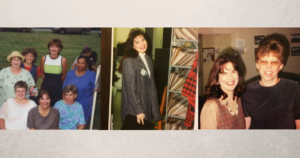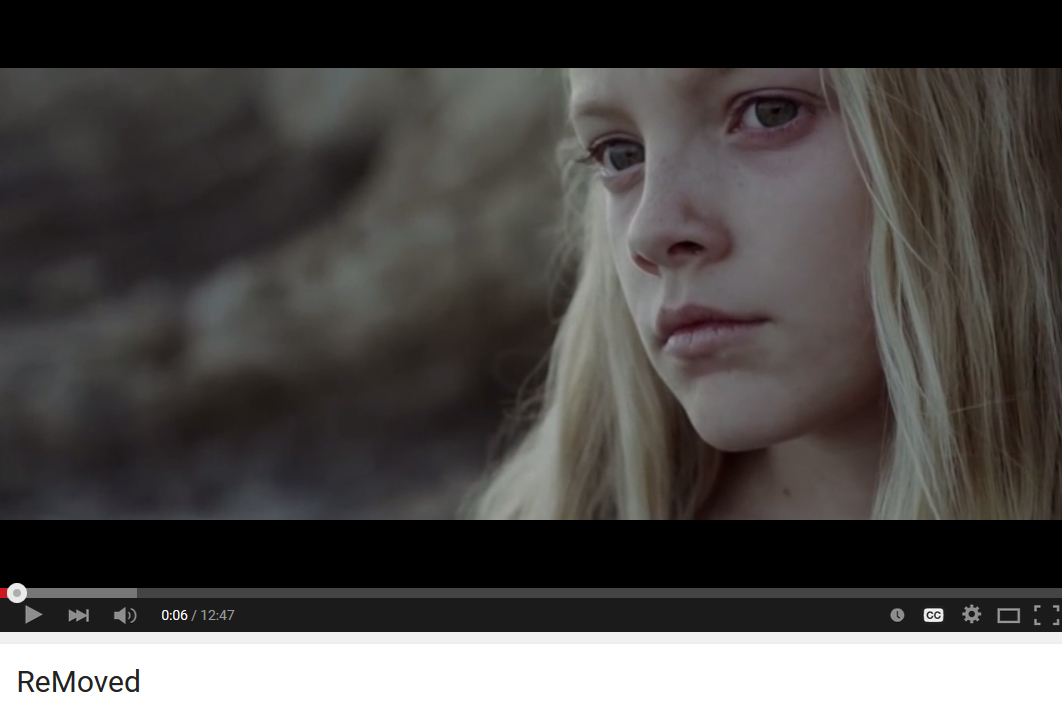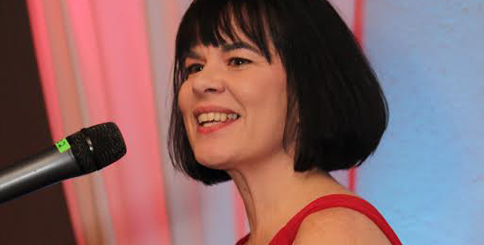A True Story by Tammi Pitzen, Executive Director of The Children’s Advocacy Center of Jackson County
I want to tell you a story today of a child. A child that I know.
She is not a child that had the benefit of receiving services through the Children’s Advocacy Center (CAC).
But she is why I believe in the CAC.
I met her when she was six. I was 22 and a child protection investigator. She was the most beautiful blond-haired blue-eyed child I had ever seen. I wish that I could say that the day I met her was the day that her abuse stopped. But that is not the case. I wish that I could say that I was the first child protection worker that she met. I was not.
When I interviewed her about her abuse — she was silent. She could talk. She had ten seconds earlier called me some very colorful names that I am sure she had heard some adult in her life use to describe my comrades, the previous workers who had paraded in and out of her house.
I visited her at her elementary school. She had been interviewed at school before. She had been interviewed in her home. She had been interviewed at other schools by other workers. The police had interviewed her on scene several times while responding to calls of domestic violence.
She never spoke.
Reports flowed in on a monthly, sometimes weekly basis. Soon the school counselor bypassed the reporting line and called me directly. She stopped me in the grocery store on the weekends. She called my home number. She had no one else to call.
This child, this beautiful little girl, was described as feral in some reports. She had behavioral issues. She was aggressive. She screamed. She was dirty. She smelled so bad that her classmates would not sit next to her. She constantly had bathroom accidents—either because she could not control it or did not want to control it. She “binged” in the cafeteria because she was starving.
I spent hours pouring over records — alone in my office. Across town, there was a doctor who was concerned as well. We were trying to figure it out with only the pieces of the puzzle that we had in front of us.
It took six months to find enough “evidence” that she was at risk and that she and her siblings should be placed in DHS custody. In time we came to learn that, in addition to the years of physical abuse and neglect, she had been sexually abused by multiple family members. The last time I saw this child, she was 10 years old. She was getting therapy. She was in a special foster home. She had had three psychiatric stays in one of the best treatment centers in the country. She had blown through too many foster homes to count.
Her story is a long and sad one. I carry it around in my heart and there are few days that I do not think about her. Not one incident of abuse committed against her was prosecuted.
I want to tell you of another child. He too is a child that I know.
He did have the benefit of the CAC.
He was four when I met him. I was . . well, a lot older than 22. I met him when he visited me at the CAC. He came to tell his story. He entered very scared — clinging to his mom’s leg. He went into what I call “the little room”, which is an interview room equipped with audio and video recording equipment. He was very shy at first, but as he answered the questions and became comfortable and safe, he very BOLDLY told his story of abuse.
His mom received support from the Center staff. He only had to tell his story one time and then one more time in court. He got to meet the DHS case worker, the police officer, and a very nice nurse. He called them his “team”. He left the CAC smiling ear to ear.
He sat at the table talking to me. I will never forget a conversation that he and I had while eating animal crackers at a table. He asked me “What is this place called?” I told him that it was the Children’s Advocacy Center. “It’s a place that kids can come and talk.”
He told me proudly, “I talked!”
He sat there smiling at me for a minute. He then looked very serious and told me that he did not talk when the lady came to school. I reassured him that was okay. He told me that it was too scary to talk at school.
He was seen for a medical exam. He shared with me that his body was okay! He then got an angry look on his face, and said that Jim “lied to him.” Jim told him that his body was “broken”.
This young man came to court with his suit and tie on. He testified and did a fantastic job. He was six. After court he unbuttoned his shirt to show me that he had a superman t-shirt on. His offender is in prison today with very little hope of ever getting out again.
What a contrast in these two stories.
I have seen proof that when we as professionals work together we have better outcomes for our families.
I have seen proof that in communities where CACs exists there are better outcomes for children, families and the community itself.





